Ground shipping is currently paused. Local deliveries throughout Long Island will continue as usual. Pre-orders for fall are now open. Non-local orders will begin shipping again in early September. Click here to learn more.
Ground shipping is currently paused. Local deliveries throughout Long Island will continue as usual. Pre-orders for fall are now open. Non-local orders will begin shipping again in early September. Click here to learn more.
| Size | |
|---|---|
| Type | |
| Family | |
| Native? | |
| Zone | 4, 5, 6, 7, 8 |
| Height Range (ft.) | 3.00 to 6.00 |
| Spread (ft.) | 2.00 to 3.00 |
| Bloom Time | |
| Bloom Description | Deep pink-purple |
| Sun | |
| Water | |
| Maintenance | |
| Suggested Use | |
| Tolerate | |
| Growth Rate | |
| Attracts |
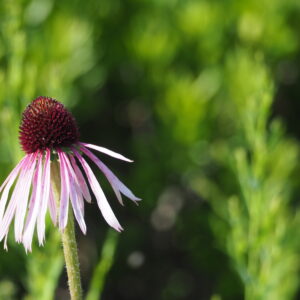
Aster novae-angliae – New England Aster is a native perennial with bold purple-pink flowers that bloom late summer through fall. Perfect for pollinator gardens, meadows, or borders, it thrives in sunny locations, supports wildlife, and requires minimal care.
$12.99 – $142.99Price range: $12.99 through $142.99
Please note: Sizes 1.5 Gallon and up can’t be shipped outside the counties of Nassau, Suffolk, and Queens.
Learn more about how the process works and how our plants are delivered.
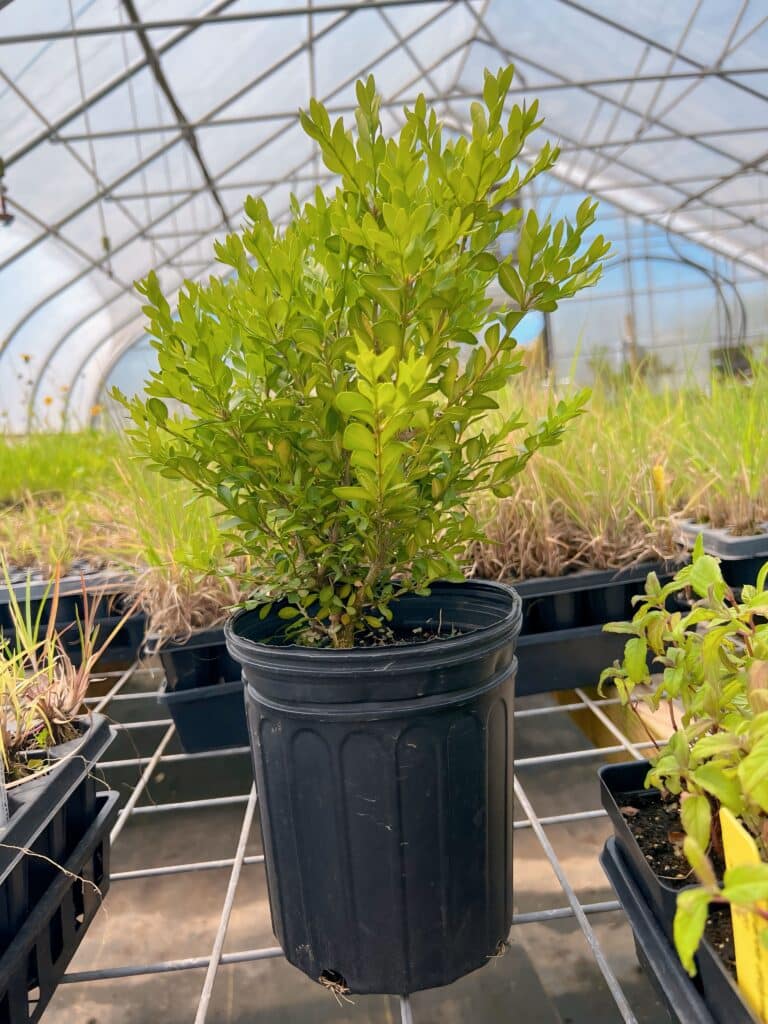
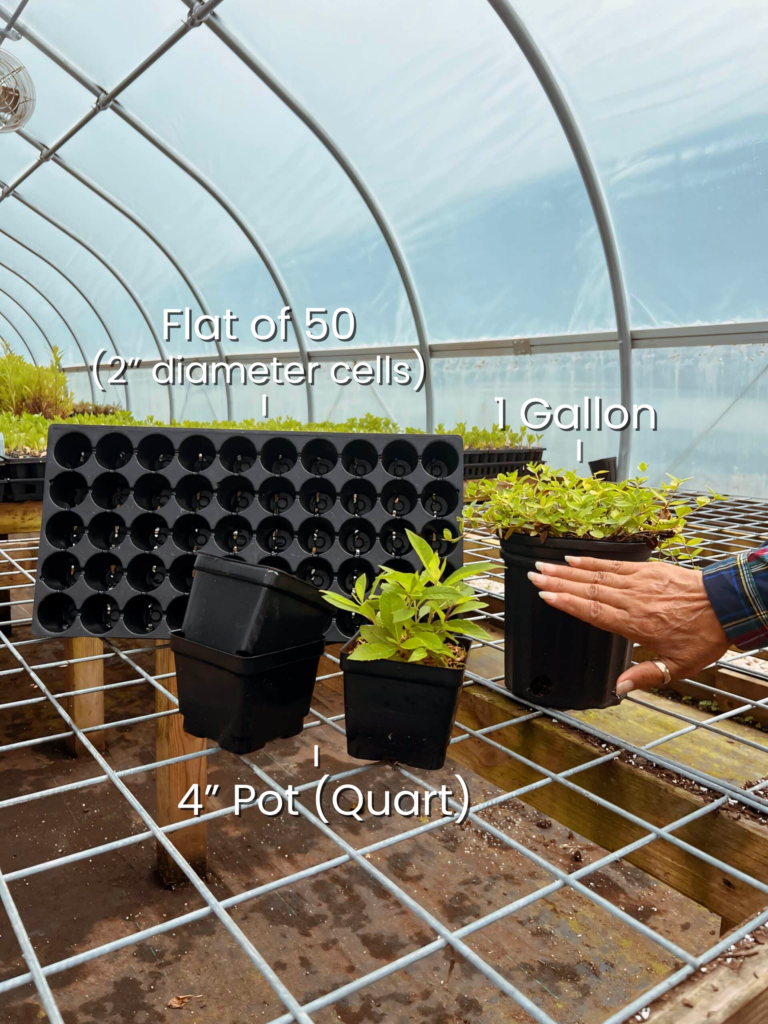

Ground shipping is paused due to summer heat. Only local delivery (Long Island & Queens) is available. Orders placed during the pause will begin processing September 1, and ground shipping will resume September 15.
| Size | |
|---|---|
| Type | |
| Family | |
| Native? | |
| Zone | 4, 5, 6, 7, 8 |
| Height Range (ft.) | 3.00 to 6.00 |
| Spread (ft.) | 2.00 to 3.00 |
| Bloom Time | |
| Bloom Description | Deep pink-purple |
| Sun | |
| Water | |
| Maintenance | |
| Suggested Use | |
| Tolerate | |
| Growth Rate | |
| Attracts |
Add a burst of bold, late-season color to your garden with Aster novae-angliae (now classified as Symphyotrichum novae-angliae), commonly known as New England Aster. This stunning native perennial features vibrant purple to pink daisy-like flowers with golden centers that bloom profusely from late summer through fall, providing critical nectar for pollinators as the growing season winds down. Its tall, sturdy stems and lush green foliage make it a standout in sunny borders, pollinator gardens, or wildflower meadows. Thriving in well-drained soils and full sun, New England Aster is a resilient and low-maintenance addition to any landscape.
New England Aster is perfect for adding height and late-season color to sunny borders, wildflower meadows, or cottage gardens. Pair it with Goldenrod, Joe Pye Weed, or Ornamental Grasses for a vibrant and biodiverse planting. Its tall stems also make it ideal for creating a colorful backdrop in perennial beds or as a focal point in pollinator gardens. For smaller spaces, consider pruning early in the season to control height and encourage denser, more compact blooms.
Symphyotrichum novae-angliae plays a vital role in supporting pollinators, including native bees and butterflies, by providing one of the last nectar sources before winter. Its seeds are a valuable food source for birds, while its deep roots help stabilize soil and improve ecosystem health, making it an essential addition to eco-friendly landscapes.
Transform your garden with the vibrant beauty and ecological benefits of Aster novae-angliae – New England Aster. This resilient native perennial is a showstopper that brings life, color, and pollinator activity to your outdoor space.
/5
Total reviews
|
|
Persons recommended this product
Anonymous
Shopper
check_circle Verified
Shop owner replied
Was this helpful
Anonymous
Shopper
check_circle Verified
Shop owner replied
Was this helpful
There are no reviews yet.
Be the first to review “ ”
Your feedback helps us improve our service.
Please log in to submit a review.
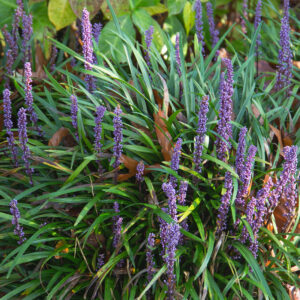
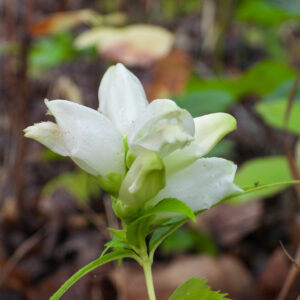
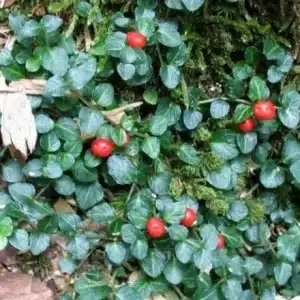
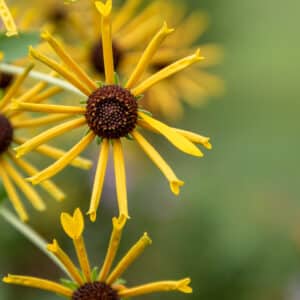
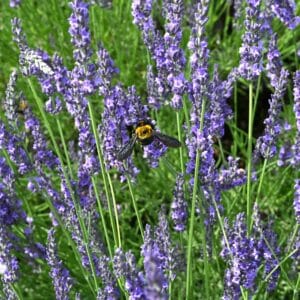
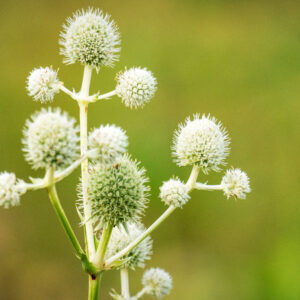
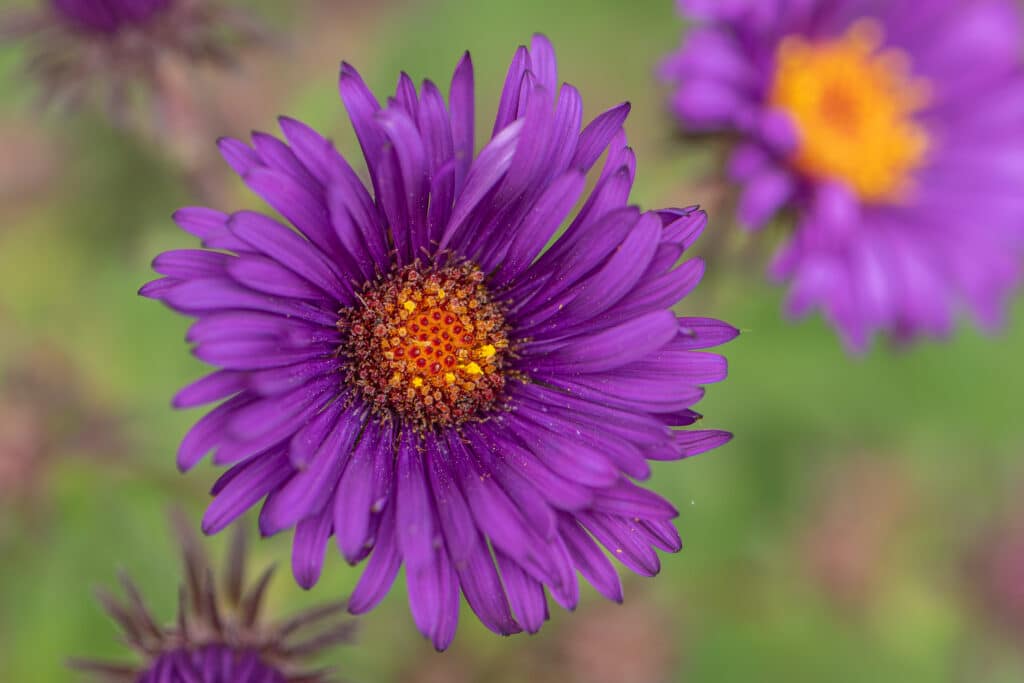
New England Aster thrives in full sun and moist, well-draining soil, but it also tolerates clay and average garden soils. It prefers consistent moisture but will handle short periods of dryness once established. It’s ideal for native plant borders, pollinator gardens, and naturalized meadows.
This aster can grow 3 to 6 feet tall and 2 to 3 feet wide, depending on site conditions. Its upright, clumping habit makes it excellent for the back of perennial borders or in prairie-style plantings where it adds late-season height and color.
New England Aster blooms in late summer through fall, typically from August to October. Its abundant purple to violet daisy-like flowers with yellow centers provide critical late-season nectar for pollinators when most other plants have finished blooming.
Yes—New England Aster is a pollinator magnet, especially for Monarch butterflies, bees, and other native insects preparing for migration or winter. It’s an essential plant in any late-season pollinator garden or restoration planting.
New England Aster is moderately deer-resistant. While it’s not immune, the coarse, hairy stems and foliage are often less attractive to deer. In high-pressure areas, it may benefit from occasional protection during early growth.
Our gift cards make it easy to share the beauty of plants, flowers, and all things green. Whether for a special occasion or just because, give the gift of choice and let them select their favorites to create a garden they’ll cherish.
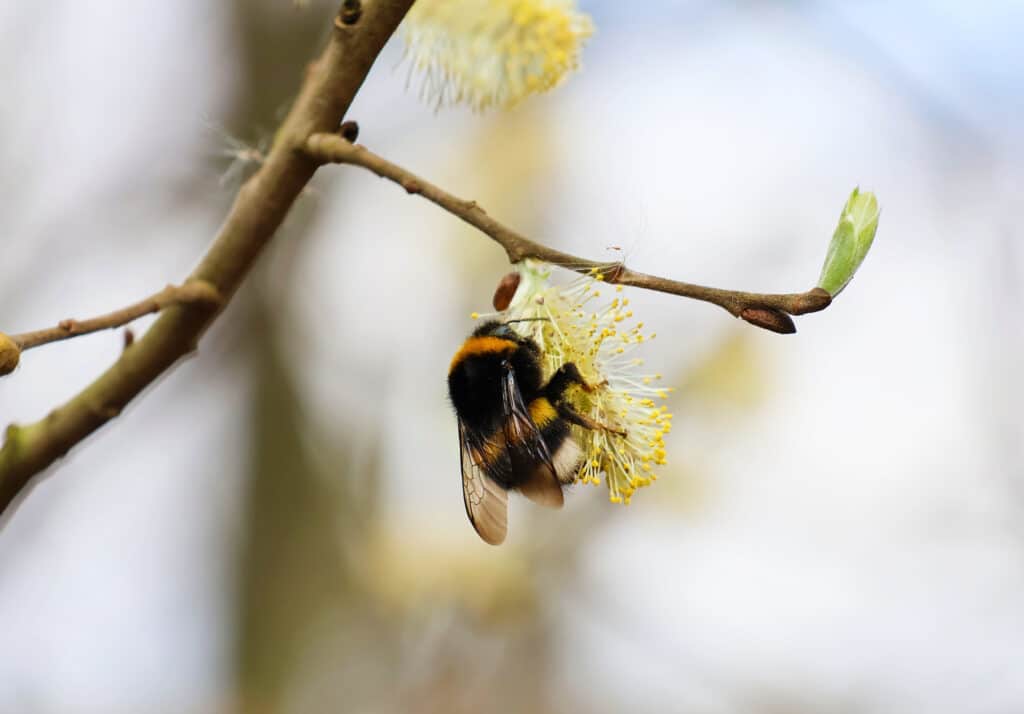
Only Local Delivery Available (Long Island & Queens)
Ground Shipping Paused
To protect our plants from extreme summer heat, we’ve paused nationwide ground shipping to avoid any damage during transit.
Local Delivery Only
We’re still delivering locally to Long Island and Queens, so nearby customers will continue to receive orders as usual.
Fall Pre-Orders Are Open Nationwide!
We will resume normal shipping for non-local orders placed during the pause in early September.
Thank you for your support and understanding—we’re looking forward to growing with you this fall!